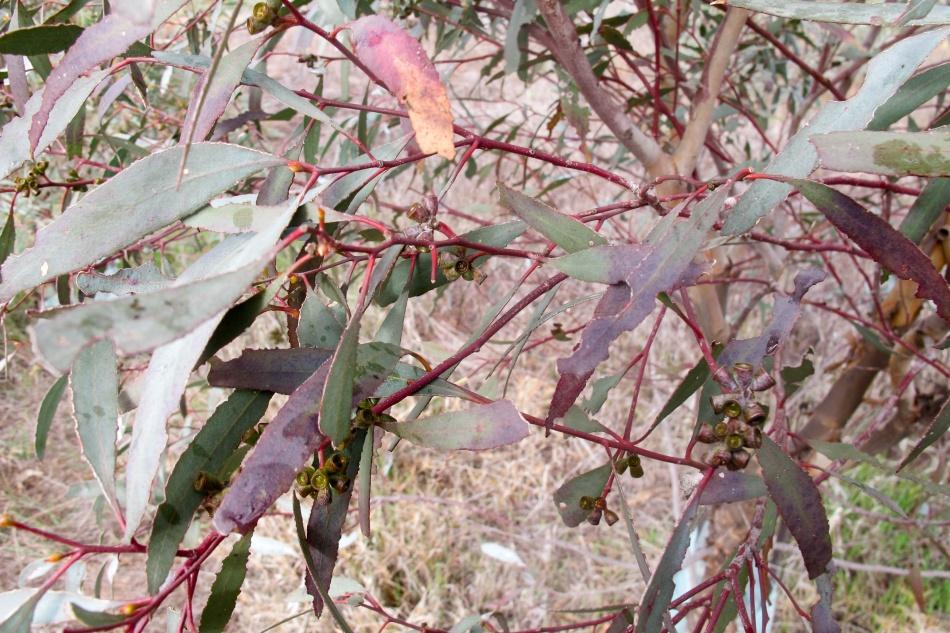Fun facts about eucalyptus oil

Did you know....
- Before European settlement, Eucalyptus oil had long been valued by indigenous Australians who used the leaves for various medicinal purposes. But it wasn't until Yorkshire pharmacist Joseph Bosisto immigrated in 1848 and became obsessed with the powers of this native plant that eucalyptus oil as a medicinal product became a reality.
- Bosisto's Eucalyptus Oil was Australia's very first native export.
- Eucalyptus trees are colloquially called "gums" because early settlers noted that some species of trees would exude a sticky gum. Aborigines used this gum to fasten barbs to the end of spears and fishing sticks. The term "gum tree" was first used by Captain James Cook in his journal in 1770.
- You can actually "see" the oil in a eucalyptus leaf - if you hold it up to the light, you will see tiny pin pricks of white or yellow, which is the oil in the tissue of the leaf. If you crush the leaf in your fingers you can also feel and smell the oil.
- In the late 1880's, hospitals were advised to place fresh branches of eucalyptus trees under hospital beds as the vapours from the leaves were considered 'not only antiseptic, but sedative'. The aroma was believed to purify the air, promote healthy breathing and kill germs.
- On 2 May 1858 the town of Kyneton, Victoria was lit by a gas made from eucalyptus leaves. The oil was converted into a gas that lit the town's shops, hotels and residences.
- Eucalyptus oil is a natural solvent, often used in commercial cleaning and laundry products for grease and oil stains. Eucalyptus is what's called a "volatile oil' which means the vast majority evaporates into the air, unlike 'fixed' oils (such as baby oil or olive oil) which leave a sticky film that doesn't evaporate.
- Eucalyptus oil is a renewable & sustainable resource - trees regrow again and again after being harvested - in fact, some of them have been harvested for more than 100 years.
- Eucalyptus growing, harvesting and distilling itself is an environmentally-friendly process, using no pesticides or fertilisers, posing no threat to local wildlife (koalas don't eat the leaves used in commercial production), improving soil salinity, providing fire breaks and reducing CO2 emissions. Surpluss biomass (spent leaf) is even recycled as fuel for the boilers, or used as garden mulch.
- Over the years, many historical eucalyptus oil bottles have been dug up in backyards and work sites across Australia - here is a selection!

Always read the label and follow the directions for use.


